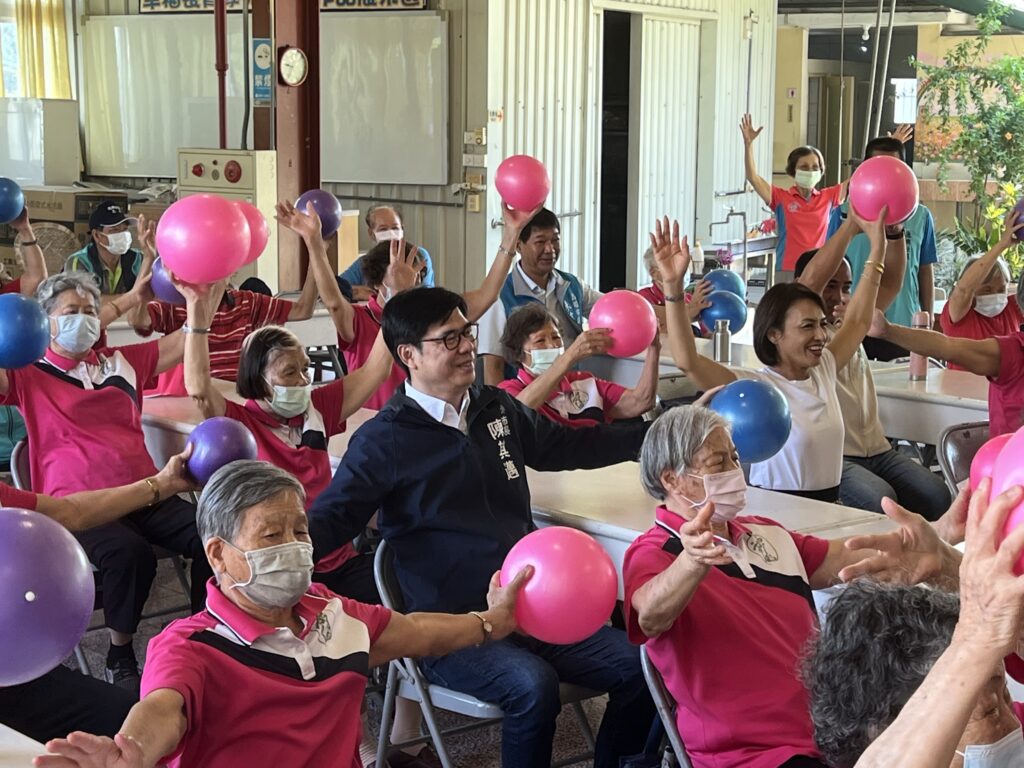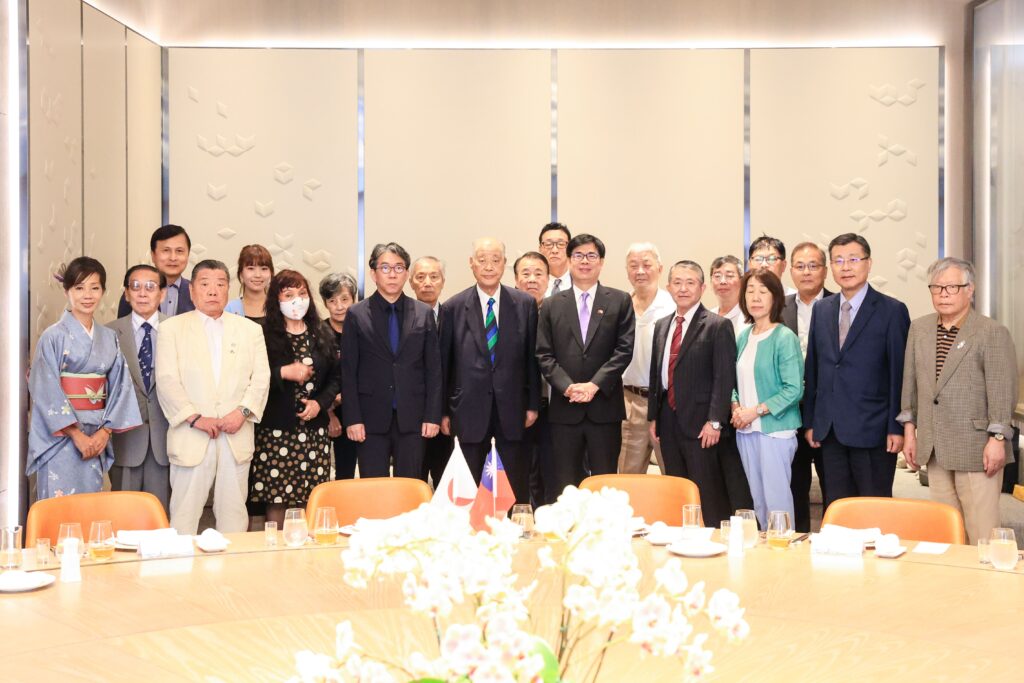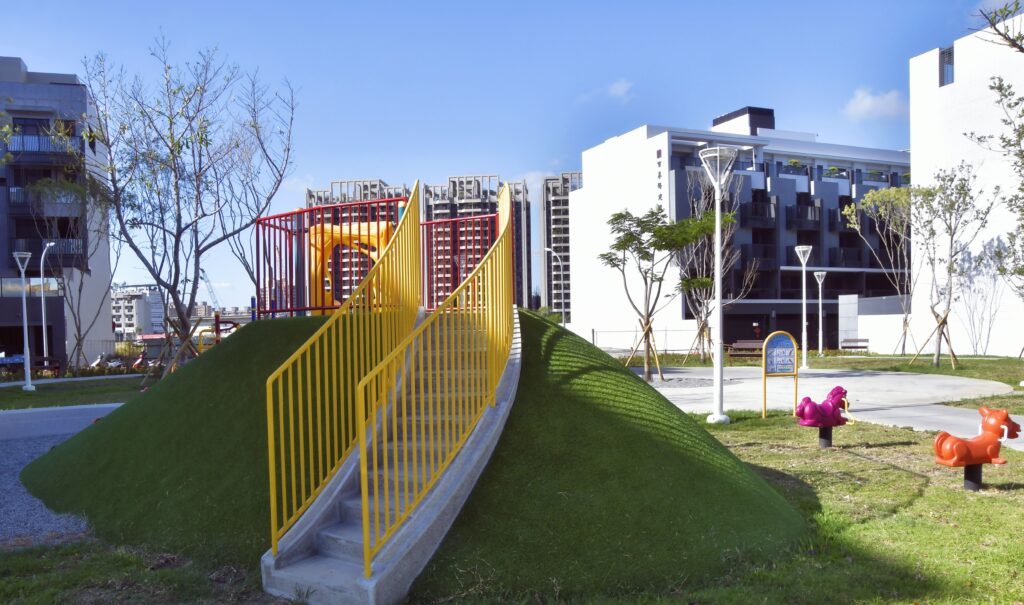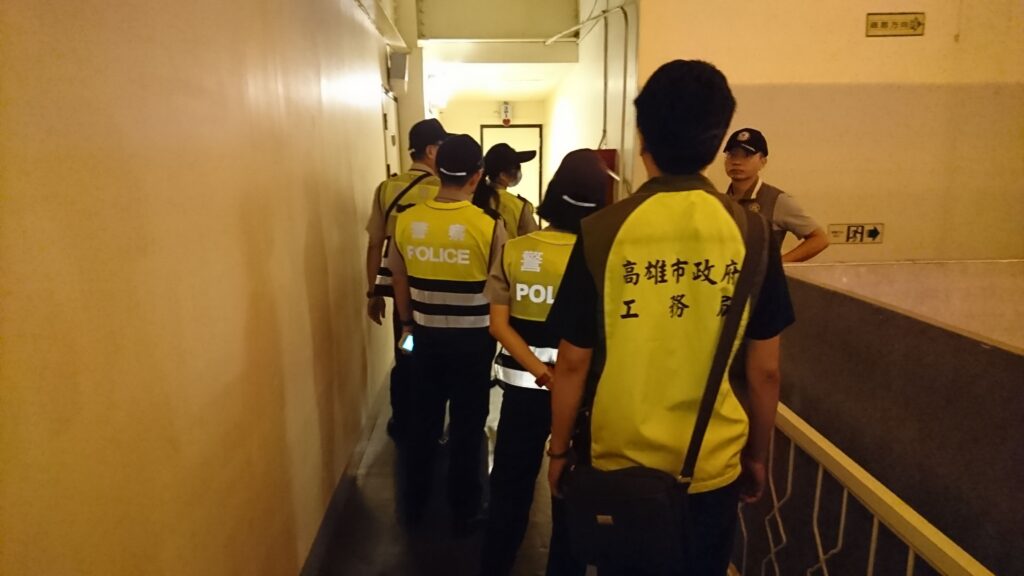what is immune privilege
171, 580588 (2007). J. Immunol. Ther. Instead, active mechanisms are important and include apoptosis induced by FasL70 and TRAIL,45 NK cells, specific molecules such as MIF71 and the non-conventional MHC Class I HLA G(8, 72, 73), and several sets of T regulatory cells linked in some cases to high levels of IDO.74 Interestingly, expression of HLA G has been linked to some forms of human melanomas75 (see next paragraph). Methods Mol Biol. Medawar, P.B. These findings strongly indicate that AC immunization results in the induction of CD8+ Tr cells that inhibit Th1 cells (see Fig. 405, 553562 (1999). Sci. J. Membrane Fas ligand activates innate immunity and terminates ocular immune privilege. J. Biol. Takahashi, M. et al. 961, 341342 (2002). We believe, therefore, that in addition to the two extensively described immune cell-based, central and peripheral, and innate and adaptive mechanisms of tolerance, this third tissue-based defense mechanism of protection against danger plays a major role in the survival of the organism. Nat. Fate of orthotopic corneal allografts in C57BL/6 mice. It was replaced by the idea that impaired immune responses in privileged tissues resulted from a defective lymphatic circulation and, even more importantly, from an absence of APCs capable of local induction of the immune response. aHoward Hughes Medical Institute, Department of Microbiology and Immunology, Vanderbilt University School of Medicine, Nashville, Tennessee 37232. Accessibility Immunol. & Billingham, R.E. Article 7, 354359 (2006). Forrester, J., Xu, H., Lambe, T. et al. Cancer Biol. & Prendergast, G.C. Basic parameters of allograft survival. Rev. The https:// ensures that you are connecting to the Sci. Although the exact mechanism by which apoptosis of lymphoid cells affects ACAID remains unclear, it was suggested that apoptotic lymphoid cells produce IL-10 which, in turn, induces immune deviation by its effects on APCs 10. Written By Kelly McGill HOW DOES YOUR IMMUNE SYSTEM PROTECT VULNERABLE PARTS OF YOUR BODY LIKE YOUR EYES? However, there is the problem of ACAID or antigen-specific systemic immune deviation: theoretically, it would be possible to induce immuno-logical non-responsiveness or, at a minimum, immunological deviation by tolerising the organism through intraocular inocu-lation of antigen and subsequently challenging the organism to the same antigen. The government could pass generally applicable laws and commercial regulations . Immune privilege, as originally conceived, has gone through many drafts of its mechanistic hypotheses. O.L.C. Deciphering their chatter might. Using tolerance induced via the anterior chamber of the eye to inhibit Th2-dependent pulmonary pathology. However, when tolerance is lost, disorders like autoimmune disease or food allergy may occur. 156, 167184 (1997). 161, 459460 (2003). 66, 57165722 (2006). Clipboard, Search History, and several other advanced features are temporarily unavailable. 213, 3647 (2006). sharing sensitive information, make sure youre on a federal Brain Res. Rev. & Crane, I.J. 20, 197216 (2002). Blood 105, 13961404 (2005). Epub 2023 Apr 12. Provided by the Springer Nature SharedIt content-sharing initiative, Mucosal Immunology (Mucosal Immunol) Rev. & Lumsden, L. Dendritic cells and dendritic macrophages in the uveal tract. Sonoda, K.H. Thus, some form of antigen-specific immune suppression appeared to be actively induced such that systemic immunological protection against that antigen was generated after implantation of allografts into the eye. Article The https:// ensures that you are connecting to the In this issue, Sonoda et al. Adv Exp Med Biol. This notion fell into disfavor as privilege and intact tissue barriers could not be universally demonstrated especially for tissues such as the placenta. Minas, V. et al. Lymphocyte targeting of the central nervous system: a review of afferent and efferent CNS-immune pathways. Identification of novel dendritic cell populations in normal mouse retina. https://doi.org/10.1038/mi.2008.27. HLA-G expression: immune privilege for tumour cells? Eur. Other potential DC-related enzyme systems promoting immune suppression are the arginase and inducible nitric oxide synthase routes. J. Immunol. The PubMed wordmark and PubMed logo are registered trademarks of the U.S. Department of Health and Human Services (HHS). It is possible that such factors are actually produced by tissue-resident DCs (see above) or by parenchymal cells themselves. CD8+ T cells isolated from the spleen of AC-immunized mice can induce ACAID and inhibit DTH responses when transferred into naive syngeneic mice 8. Alternatively, introduction of antigen into the AC may cause expression of specific endogenous glycolipids that activate NKT cells. Transplantation 35, 9195 (1983). Immunol. These eye APCs then activate effector T cells, CD8+ Tr cells, and NKT cells. Reconsideration of the lymphatic drainage of the rat testis. Cabestre, F.A. The Eye and Immune Privilege - American Academy of Ophthalmology Semin. When activated through their TCR, NKT cells become cytotoxic and quickly produce a variety of cytokines, including large amounts of IL-4, significant amounts of IFN-, and some inhibitory cytokines such as TGF- and IL-10 11 Nat. History, heterogeneity, developmental biology, and functions of quiescent hepatic stellate cells. Head, J.R., Neaves, W.B. & Stein-Streilein, J. Ocular immune privilege and CD1d-reactive natural killer T cells. Allergy 92, 140154 (2007). Flugel, A. et al. Death receptor expression and function at the human blood brain barrier. Studies on the induction of anterior chamber-associated immune deviation (ACAID). It was only as evidence emerged that immune privilege was not a purely passive process, that the phenomenon of ACAID involved generation of T-regulatory cells, and that the tissues generally could moderate immune responses merely by their characteristic properties that immune privilege came into the mainstream of immunological thought once more.112. and transmitted securely. NB: AS OF JANUARY 1, 2023 THIS JOURNAL IS PUBLISHED WITH ELSEVIER: Systemic immune deviation in the brain that does not depend on the integrity of the bloodbrain barrier. ISSN 1935-3456 (online) Fijak, M. & Meinhardt, A. Ferguson T.A., Griffith T.S. Vis. Ocular immune privilege | Eye - Nature Gregory, M.S. However, when the mice were crossed with a transgenic mouse, in which 70% of the CD4+ T cells expressed a T-cell receptor for the immuno-dominant peptide 4661 of the HEL protein, both strains of mice developed autoimmune disease. and JavaScript. Pract. 32 Forrester, J.V., McMenamin, P.G., Liversidge, J. Eur. The .gov means its official. https://www.sciencedirect.com/journal/mucosal-immunology, Mucosal Immunology Matsumoto, M. Transcriptional regulation in thymic epithelial cells for the establishment of self tolerance. Immune privilege is a concept that has come of age. Adv. 21. We therefore propose that, in addition to canonical central and peripheral tolerance mechanisms, there is a third route whereby the organism promotes self-antigen non-reactivity centered on the specific properties of each tissue and varying accordingly (relative degrees of immune privilege). 828, 268272 (1997). J. Comp. Yamada, J. NKT cells share receptor structures with both NK cells and conventional T cells (for reviews, see references 11, 12). National Library of Medicine Immunol. Lehuen A., Lantz O., Beaudoin L., Laloux V., Carnaud C., Bendelac A., Bach J.F., Monteiro R.C. Department of Ophthalmology, University of Aberdeen, Aberdeen, Scotland, Department of Medicine, University of Oxford, Oxford, England, You can also search for this author in Indeed, this is one of the concepts put forward to explain the infrequency of the ocular condition, sympathetic ophthalmia, a disorder in which the uninjured eye develops spontaneous inflammation after penetrating injury to the first eye.106. 6 provides another piece to this puzzle, demonstrating that NKT cells are required for the induction of CD8+ Tr cells. Niederkorn, J.Y. Specific recruitment of CC chemokine receptor 4-positive regulatory T cells in Hodgkin lymphoma fosters immune privilege. J. Histochem. Bookshelf This site needs JavaScript to work properly. Thus, neurological tissues express many molecules that regulate T-cell function including CD200,39 FasL,40, 41, 42 and 43 and TRAIL44, 45 and 46 (for review, see ref. 37. Monoclonal antibody-mediated CD200 receptor signaling suppresses macrophage activation and tissue damage in experimental autoimmune uveoretinitis. et al. What is 'qualified immunity' for police and why are there - Poynter For instance, there are many cell-surface immunoregulatory molecules expressed by liver cells, such as FasL and TRAIL as well as many secreted molecules including transforming growth factor- (TGFb), interleukin-10, and other mediators. 3 Immune privilege in the CNS is often mis-attributed wholly to the blood-brain barrier. 283, 17231731 (2008). Fas-Fas ligand-mediated apoptosis within aqueous during idiopathic acute anterior uveitis. Immune privilege in the testis. Indeed, Sonoda et al. Immune response to immunization via the anterior chamber of the eye. & Streilein, J.W. Additionally, antigen presentation in the eye can elicit regulatory T (Tr) cells that induce immune deviation and suppress inflammatory responses, both locally and systemically (for a review, see reference 2). Immune privilege is thought to reflect an evolutionary adaptation to protect vital structures from damage by inflammatory responses directed against pathogens. http://creativecommons.org/licenses/by-nc-sa/4.0/. Immune privilege induced by regulatory T cells in transplantation tolerance. Natl Acad. Anti-tumor immune reactivity is also expressed in many cases by high levels of tumor-infiltrating regulatory T cells.78 Some tumors promote T-regulatory cells and immune deviation by secretion of molecules such as galectin-179 or TGFb.80 In addition, they frequently downregulate MHC class I antigens and Fas while upregulating FasL. Immune Privilege Furnishes a Niche for Latent Infection Only fresh monocytes were able to cross the endothelial barrier and enter the tissue. Recent studies have shown that CD1d can bind with a variety of glycolipids, including phosphatidylinositol derivatives 18 & Crane, I.J. This echoes the high costbenefit ratio of immune privilege in these classical sites as propounded by Caspi.13 This idea fits with the effects of inflammation in the intraocular compartments and also with recent evidence from allografts, where the immune privilege is restricted to the local site of the graft and is not detectable elsewhere. J Neuropathol Exp Neurol. Exp. 1. 177, 30553062 (2006). Galea, I., Bechmann, I. et al. Peters et al.83 have shown that this is assisted in Leishmania-infected mice by the large numbers of steady-state, naturally occurring CD4+CD25+ T-regulatory cells mediated through interleukin-10 secretion. As CD1d expression is required for the development of NKT cells, CD1d-deficient mice have a marked reduction in the number of NKT cells 13 Matzinger, P. Friendly and dangerous signals: is the tissue in control? 179, 36483654 (2007). Rev. The last 20 years have seen a dramatic reorientation in the field of neuroimmunology. 10, 942949 (2004). Cserr, H.F. & Knopf, P.M. Cervical lymphatics, the bloodbrain barrier and the immunoreactivity of the brain: a new view. Early Life Stress, Neuroinflammation, and Psychiatric Illness of Adulthood. 48, 21622171 (2007). In this context, the role of DCs in mediating tolerance has now become established dogma. Immunol. the best experience, we recommend you use a more up to date browser (or turn off compatibility mode in Chem. J. Immunol.
What Does A Neuropsychologist Do On A Daily Basis,
James Madison Presidential Library,
Articles W






